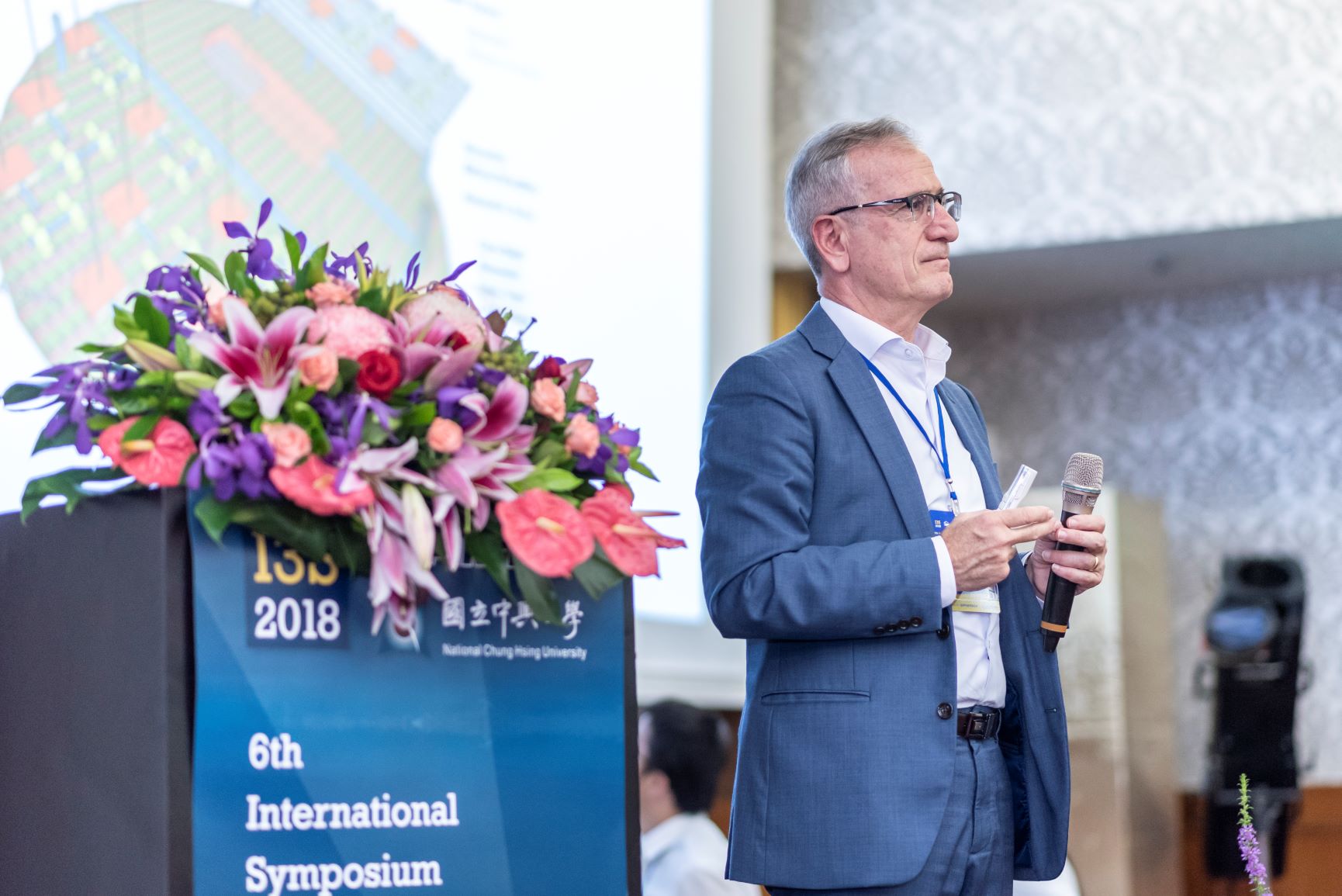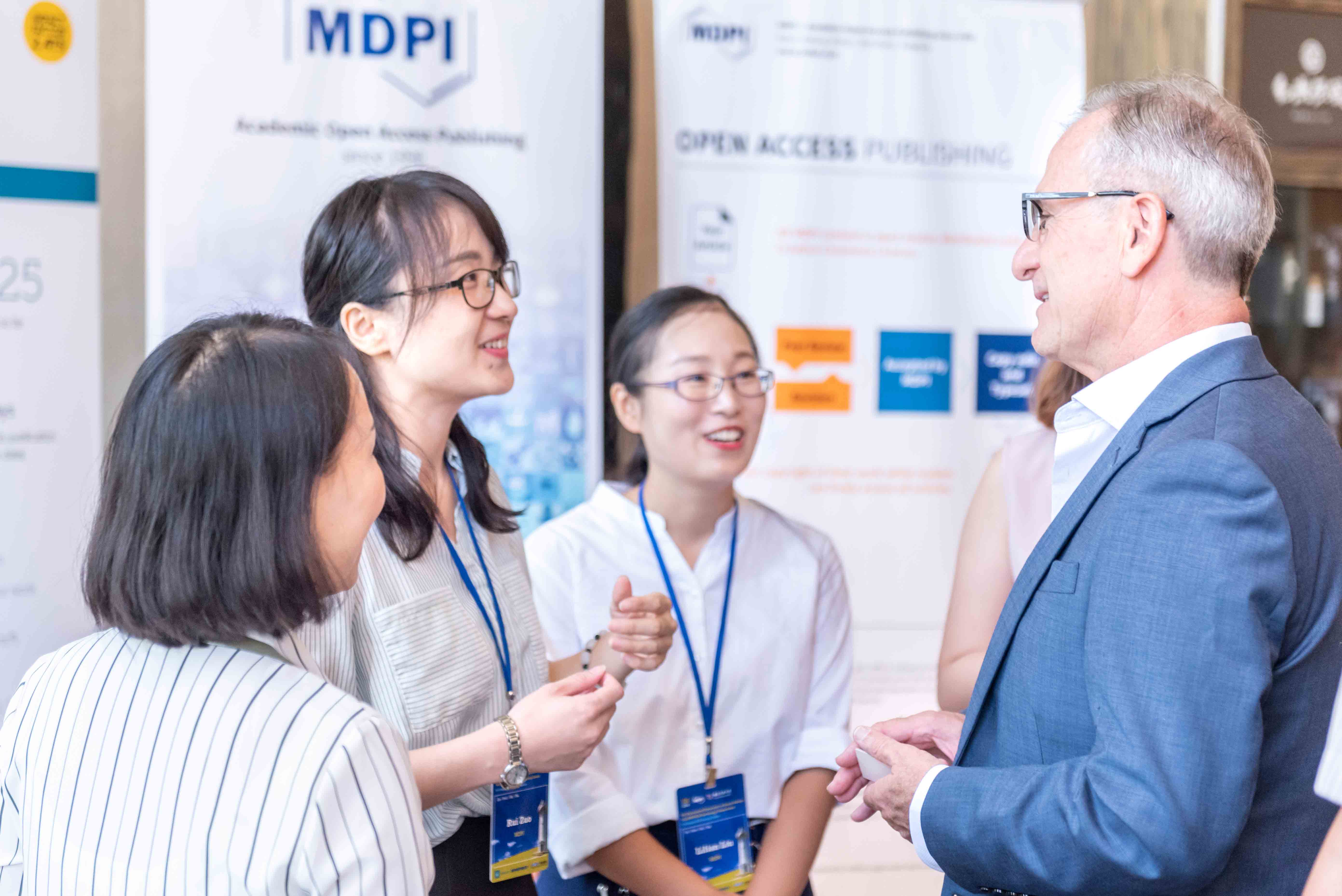
Bahram Nabet gives keynote speech.
Dr. Bahram Nabet was invited to present a keynote presentation at the 6th International Symposium on Sensor Science (I3S 2018) in August 2018 in Kenting, Taiwan. The keynote, developed by Dr. Nabet along with his doctoral students Kiana Montazeri, Zhihuan Wang, and Pouya Dianat, was titled, “Plasmonic Enancement of Nanowires Optical Cavities for THz Sensing.” The abstract can be found at the end of this section.
The I3S conference highlights research and developments in sensor technologies, which are crucial elements of industries like artificial intelligence and Internet of Things (IoT).

Bahram Nabet at I3S 2018
Abstract: Confined electron gas is known to enhance the optoelectronic properties of planar, thin-film devices; for instance, the channel plasmons of a High Electron Mobility Transistor (HEMT) can be structured for efficient coupling to THz radiation. Bottom-up produced semiconductor nanowires (NW) have been developed in a variety of passive and active optoelectronic devices including photodetectors, solar cells, LEDs, laser, and sensors. These nano-systems confine light in their sub-wavelength structures by supporting radial and longitudinal optical modes, producing efficient resonant cavities that lead to room temperature lasing without the need for complicated vertical structures such as Bragg mirrors commonly used in vertical cavity surface emitting lasers (VCSELs). Mode selection and quality factor of these NWs are dependent on geometry, and are hence controllable. Coating these NWs with metals such as silver, or 2D material such as Graphene, as expected, considerably changes the resonant cavity, particularly near the electronic medium's plasma frequency which falls in the THz range. Here we show how plasmonic interactions due to confined-Fermi-gas encapsulated in core-shell nanowire (CSNW) modify the resonant modes in the same manner as metals and Graphene do, with the advantageous distinction that the confined gas occurs naturally at the heterointerfaces, or can be produced by doping, and its resonant frequency can be tuned by changing carrier concentration. We show how confined charge plasmons in tapered CSNW can produce a tunable high quality factor resonant cavity for THz modes, operating at room temperature. Since these wires can be grown on foreign substrates such as Si or Graphene, they are good candidates for heterogeneous integration in a THz Silicon Photonics platform.